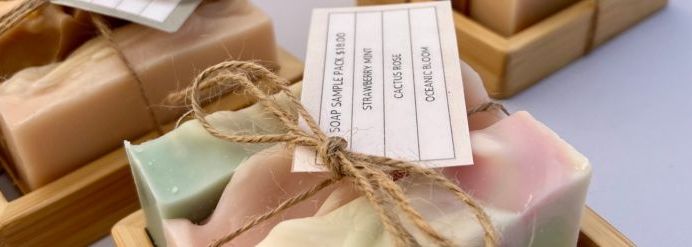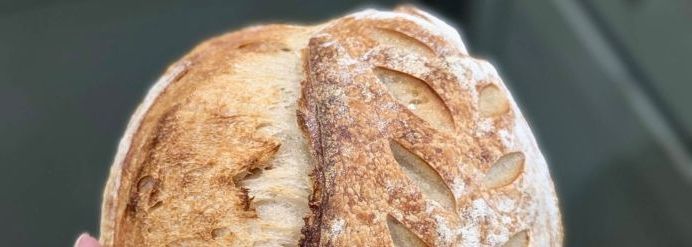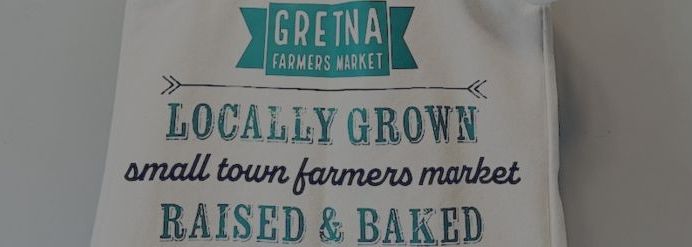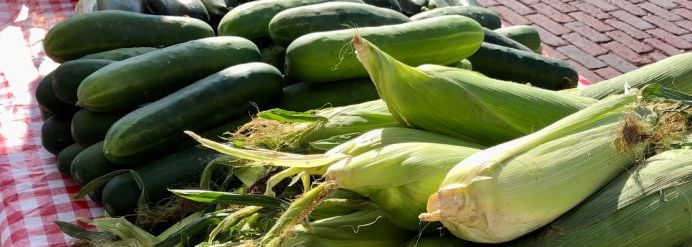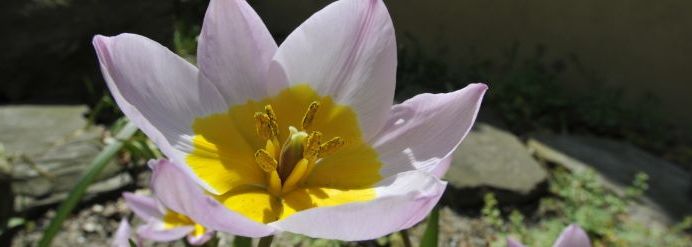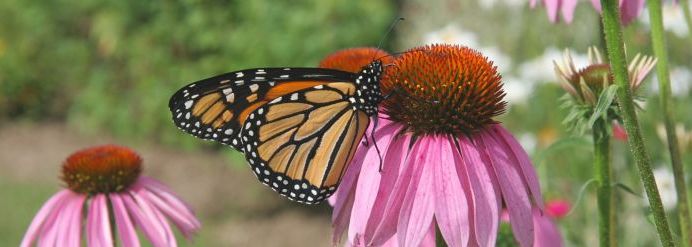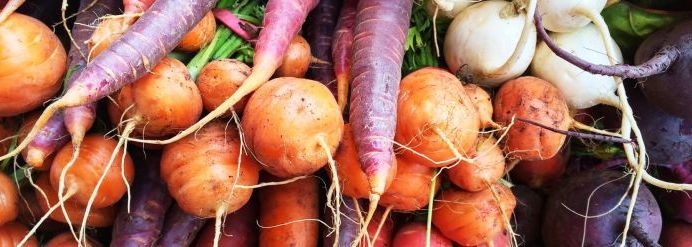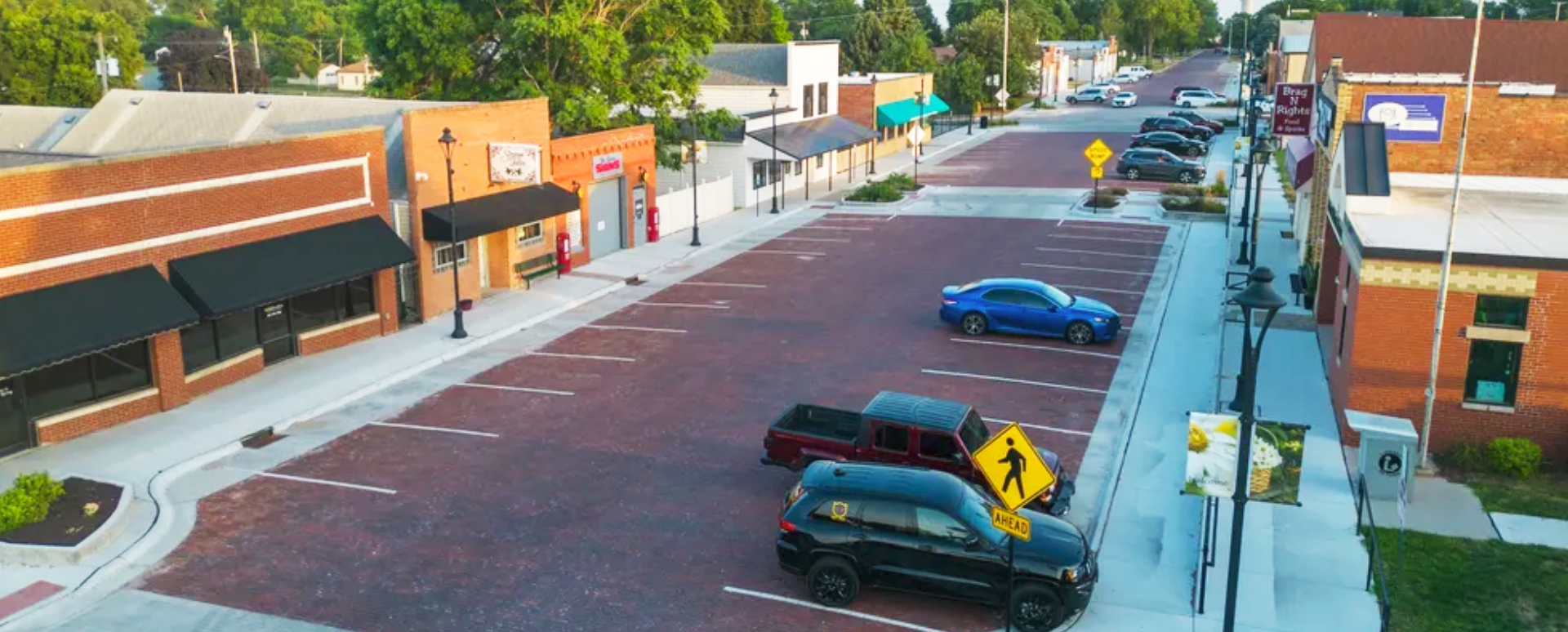Onions are prized for their versatility in the kitchen and the flavor they can add to any dish. Like any plant, onions are susceptible to a variety of problems that can affect their growth and development. Understanding the common issues that can arise with onions is key to ensuring a healthy and abundant harvest so you can sell them as local goods or enjoy your harvest with your family. Since it’s almost the growing season, we wanted to explore some of the most common problems with onions and give you solutions to help you address them effectively!
Yellowing leaves
One of the most common issues that onion growers encounter is yellowing leaves. This can be caused by a variety of factors, including nutrient deficiencies, overwatering or poor soil drainage.
Solution: To address yellowing leaves, first assess your soil's pH levels and make sure it's in the optimal range for onions (around 6.0 to 7.0). You should avoid overwatering your onions and ensure they're planted in well-draining soil. If nutrient deficiencies are suspected, consider fertilizing your onions with a balanced fertilizer rich in nitrogen, phosphorus and potassium.
Bolting
Bolting occurs when onions prematurely send up flower stalks, typically in response to environmental stressors such as temperature fluctuations or overcrowding.
Solution: To prevent bolting, plant onions in an area with consistent temperatures and provide adequate spacing between plants to allow for proper air circulation. You should also choose onion varieties that are good for growing in Nebraska’s zone and are less prone to bolting, such as long-day or day-neutral varieties.
Damping off
Damping off is a fungal disease that affects young onion seedlings, causing them to wilt, collapse and eventually die. It's often caused by overwatering, poor soil drainage or contaminated soil.
Solution: To prevent damping off, avoid overwatering seedlings and ensure they're planted in well-draining soil. Practice good sanitation practices by sterilizing your pots, trays and tools before use and avoid planting onions in areas where damping off has occurred in the past.
Onion maggots
Onion maggots are small, white larvae that feed on onion roots, causing stunted growth, wilting and yellowing of foliage.
Solution: To control onion maggots, use floating row covers to prevent adult flies from laying eggs on onion plants. Be sure to rotate your crops regularly to disrupt the life cycle of onion maggots and avoid planting onions in areas where infestations have occurred in the past.
Neck rot
Neck rot is a fungal disease that affects onions during storage, causing softening and decay of the neck area. It's often caused by improper curing and storage conditions, such as high humidity or poor ventilation.
Solution: To prevent neck rot, harvest onions when the tops have begun to yellow and bend over naturally, then allow them to cure in a warm, dry location with good air circulation for several weeks before storage. Store your onions in a cool, dry place with low humidity to minimize the risk of rot.
Growing healthy onions to sell as local goods
By understanding the common problems that can affect onions and implementing proactive solutions, you can cultivate healthy, robust onion crops that thrive throughout the growing season. If you’re interested in selling your local goods at the Gretna Farmers Market, contact us today!





